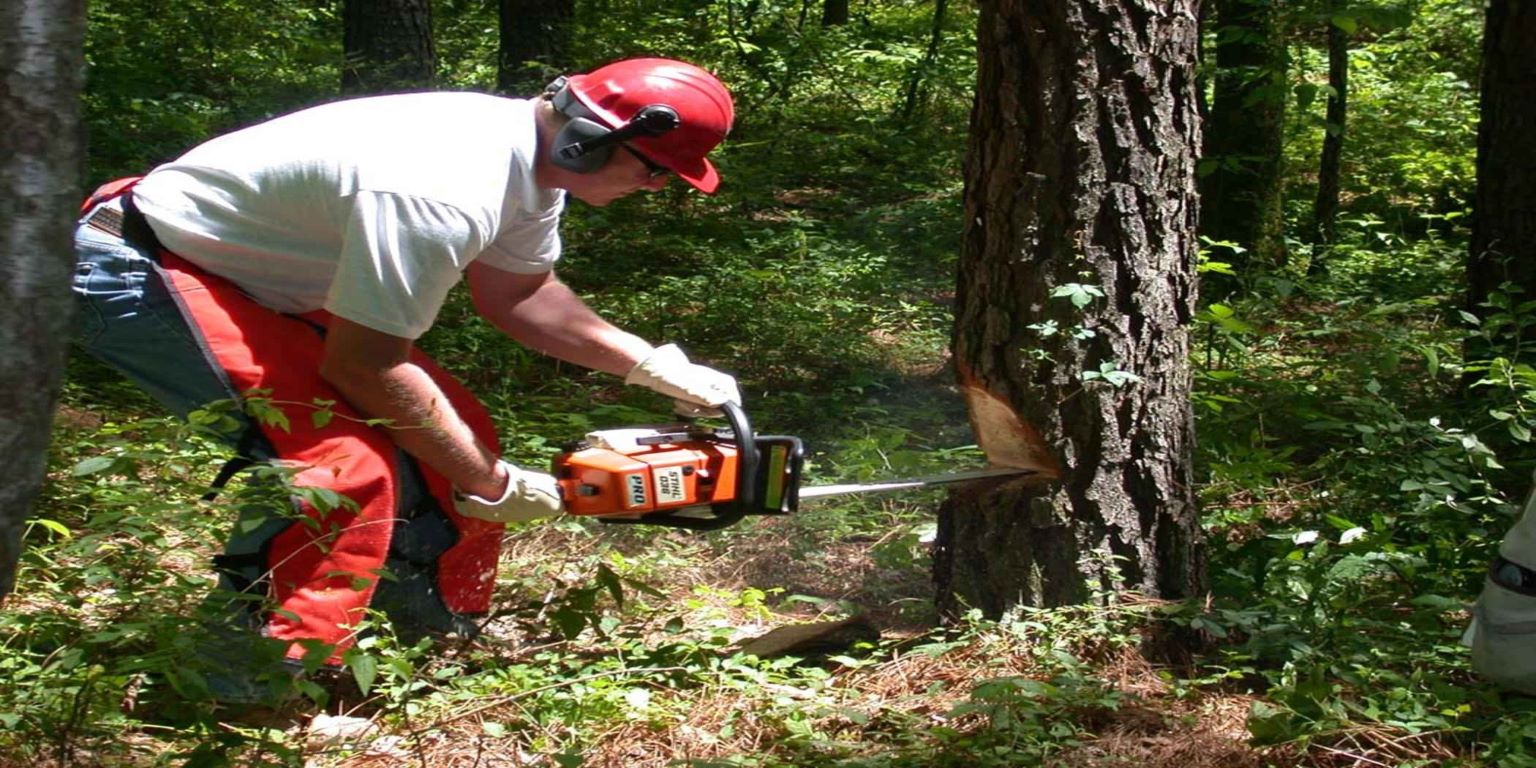
Chainsaw Safety
Chainsaw Safety:Â If you are required to operate a chainsaw, please consider taking a chainsaw safety training course….it may save you from injury or death.
Chainsaw Safety: General Information
- Always ensure that you are never working alone while operating a chainsaw. If you must work alone, always make sure that someone knows where you are working and when you are expected to return.
- Never operate a chainsaw while standing on a ladder.
- Always start the chainsaw while it is safely on the ground.
- Vehicles should never be parked close to the tree felling area.
- Never operate the chainsaw above shoulder height.
- Use extreme caution if high or gusty winds or lightning.
- Always wear personal protective equipment.
- Do not operate the chainsaw using an insecure stance or footing.
- Always use the appropriate sized chainsaw for the job required.
- Never use a chainsaw with only one hand.
- Always have the chain brake engaged if you are required to walk any distance.
- Never use drugs or alcohol before or while operating a chain saw.
- Never turn your back on a falling tree.
- Never limb a log while standing on the downhill side of the log.
- Never start the chainsaw closer than ten feet from the gas filling area.
- Never leave a tree partially cut and still standing.
- People must be warned in advance if a tree is going to be felled in their area.
- Never operate a chainsaw if you are tired or not feeling well.
- Never operate a chainsaw if you are not properly trained
Chainsaw Safety: Proper PPE
Proper safety clothing and personal protective equipment (PPE) must be worn to lessen the chance of injury.
The following personal protective equipment and clothing are a must when operating a chainsaw.
- CSA approved Safety Glasses with side shields, goggles or face shields.
- CSA approved foot protection with cut resistant materials.
- CSA approved hard hat head protection.
- CSA approved hearing protection.
- Leather gloves with ballistic nylon on back.
- Leg protection clothing (pants or chaps) with sewn in ballistic nylon pads.
- Know when to use fall protection equipment such as harnesses, belts and lanyards.
General Information:
Chainsaw safety, operation and maintenance video from STIHL USA
Chainsaw blade sharpening tips from STIHL USA
Click here for an online Chainsaw Safety certification course
Recent Blogs
- The Importance of Chainsaw Safety Training in Ontario: Legal Requirements and Workplace Safety
- WHMIS Training and Certification in Ajax
- Fire Safety Training Vaughn – Essential Training
- Reach Forklift Training Brampton
- Order Picker
- Reach Forklift Training Oakville
- Respirator Mask Fit Testing
- Protect Your Workers & Stay Compliant: The Importance of Silica Air Quality Testing
- Spill Response Training Mississauga
- Reach Forklift Training in Ajax
- Spill Response Training Oakville
- Safety Consulting Services
- Transportation of Dangerous Goods
- Respirator Mask Fit Testing
- 5 Tips for a Safe & Productive Workplace
- Counterbalance Forklift Training Caledon
- Small Business Safety Consulting
- Counterbalance Forklift Training Whitby
- Silica Awareness and Safety Training
- WHMIS Training and Certification in Burlington

